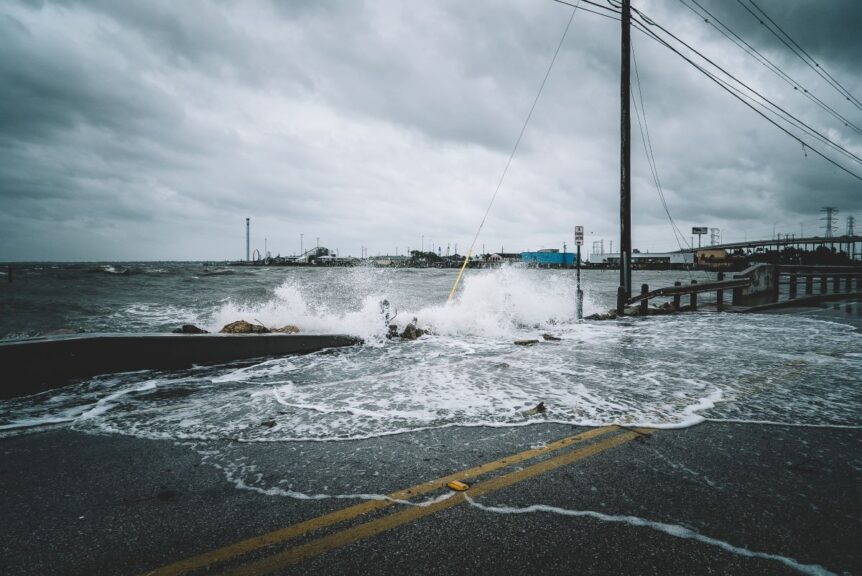Storms have always packed a punch, but as we look back at history’s most devastating ones, we can see how changes in our climate might be making them even worse. Here’s a rundown of some historic storms and how today’s changing climate could be upping their game.
1. Galveston Hurricane, 1900
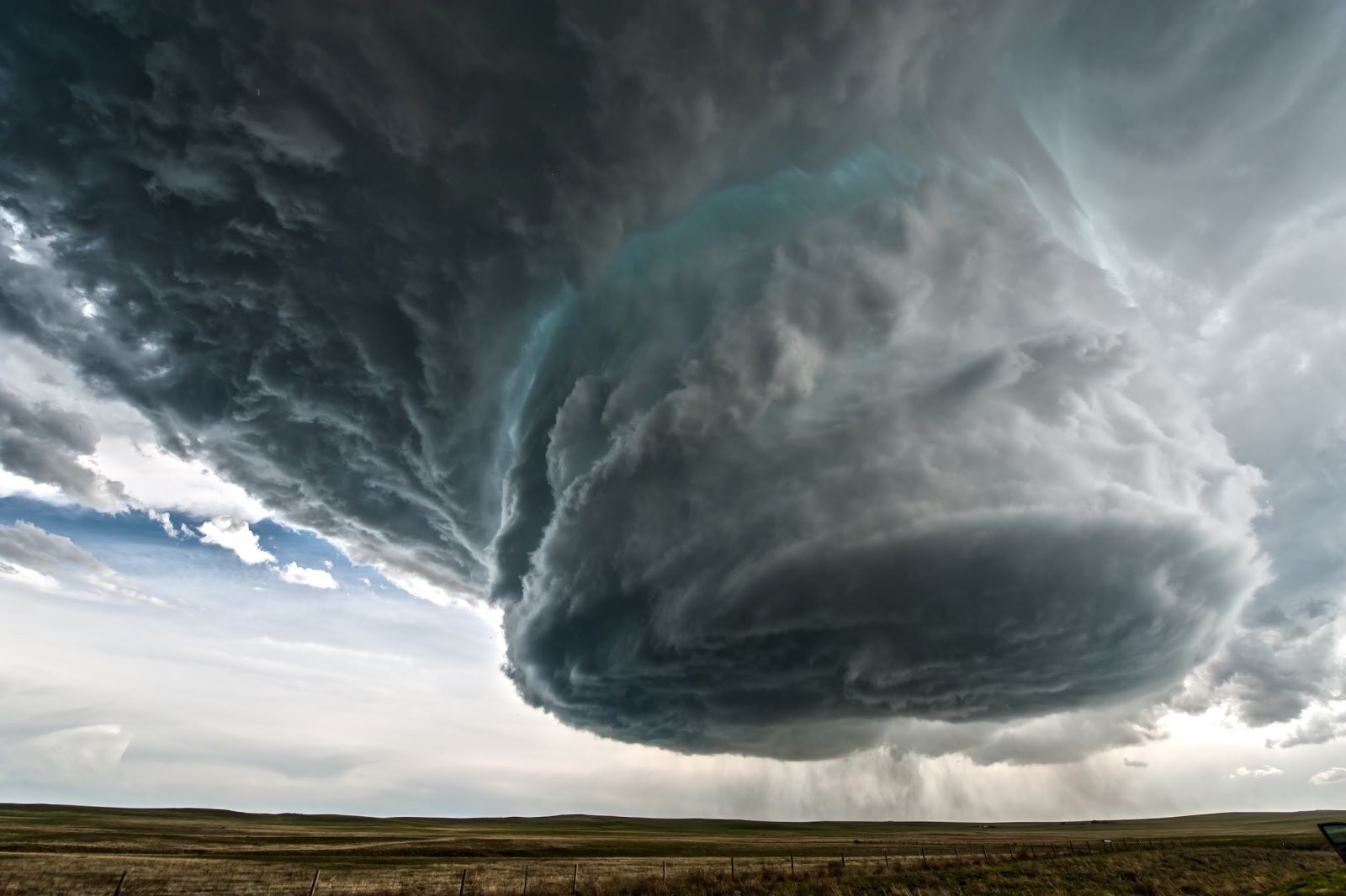
Image Credit: Shutterstock / Silverszay
Considered the deadliest storm in U.S. history, the Galveston Hurricane claimed up to 12,000 lives. Its massive death toll serves as a grim reminder of our vulnerability to nature’s wrath. With current climate trends, rising sea levels and warmer oceans could turn future storms into even greater monsters.
2. San Felipe-Okeechobee Hurricane, 1928

Image Credit: Pexels / ALTEREDSNAPS
This hurricane smashed into Florida with terrifying force, killing around 2,500 people. It’s a stark example of the devastation that tropical systems can wreak. As ocean temperatures continue to rise, the energy and moisture that fuel such hurricanes are only increasing, setting the stage for even more destructive storms.
3. Great New England Hurricane, 1938

Image Credit: Shutterstock / Ronnie Chua
Racing up the East Coast, this hurricane caught many by surprise with its speed and power, leaving a trail of destruction. With climate change, the waters off the U.S. East Coast are warming, potentially leading to more frequent and rapidly intensifying storms like this historical behemoth.
4. Labor Day Hurricane, 1935

Image Credit: Shutterstock / Anna Om
This hurricane obliterated the Florida Keys with its Category 5 fury, showcasing the sheer power of intense hurricanes. Today, as sea temperatures rise, the conditions that foster such powerful storms are becoming more common, hinting that the worst may be yet to come.
5. Hurricane Katrina, 2005
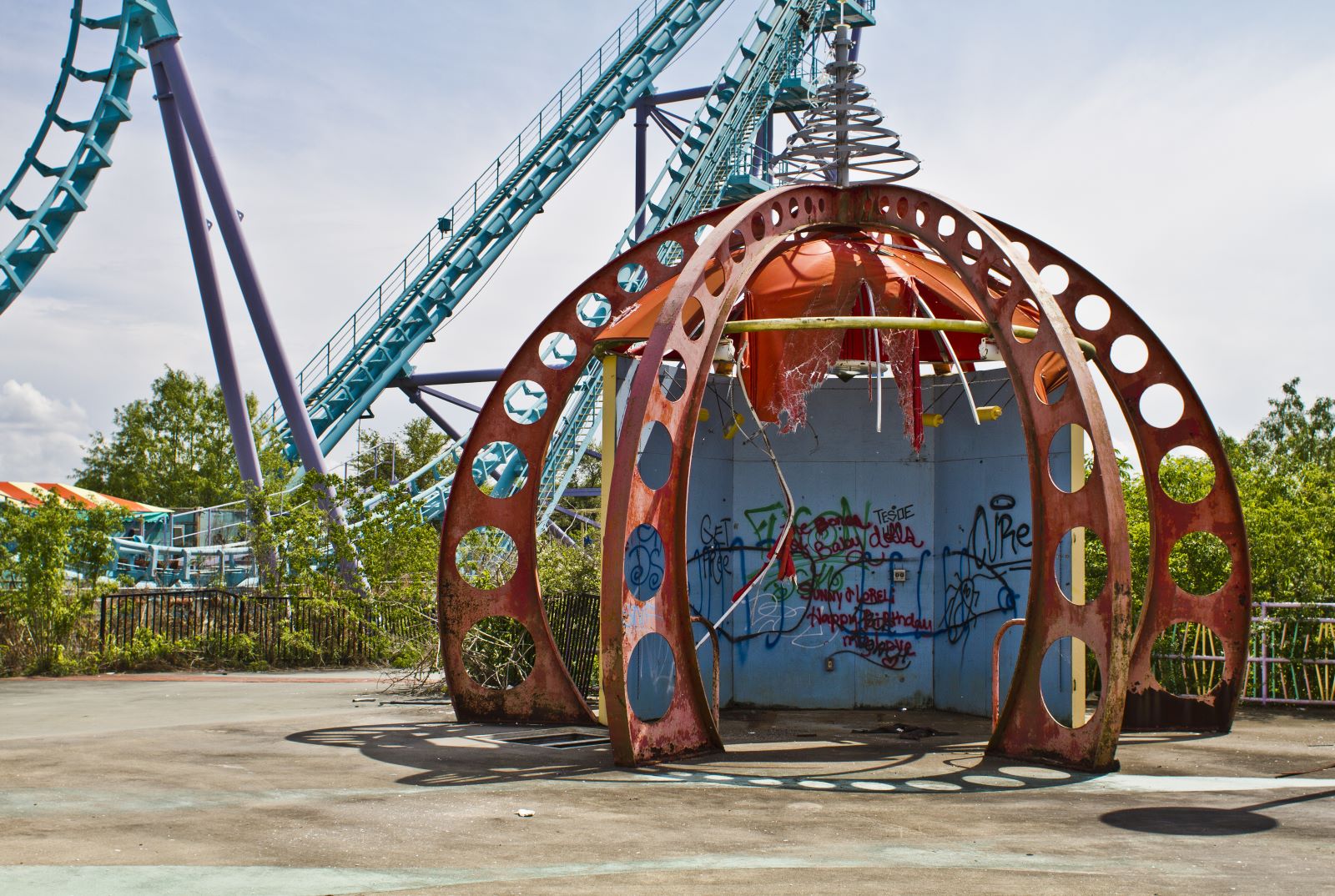
Image Credit: Shutterstock / KEG-KEG
Katrina not only devastated New Orleans but also sparked a national conversation on disaster preparedness and climate change. Its extensive flooding and high death toll underscore how climate-driven sea level rise and storm surge can combine to catastrophic effect.
6. Hurricane Andrew, 1992
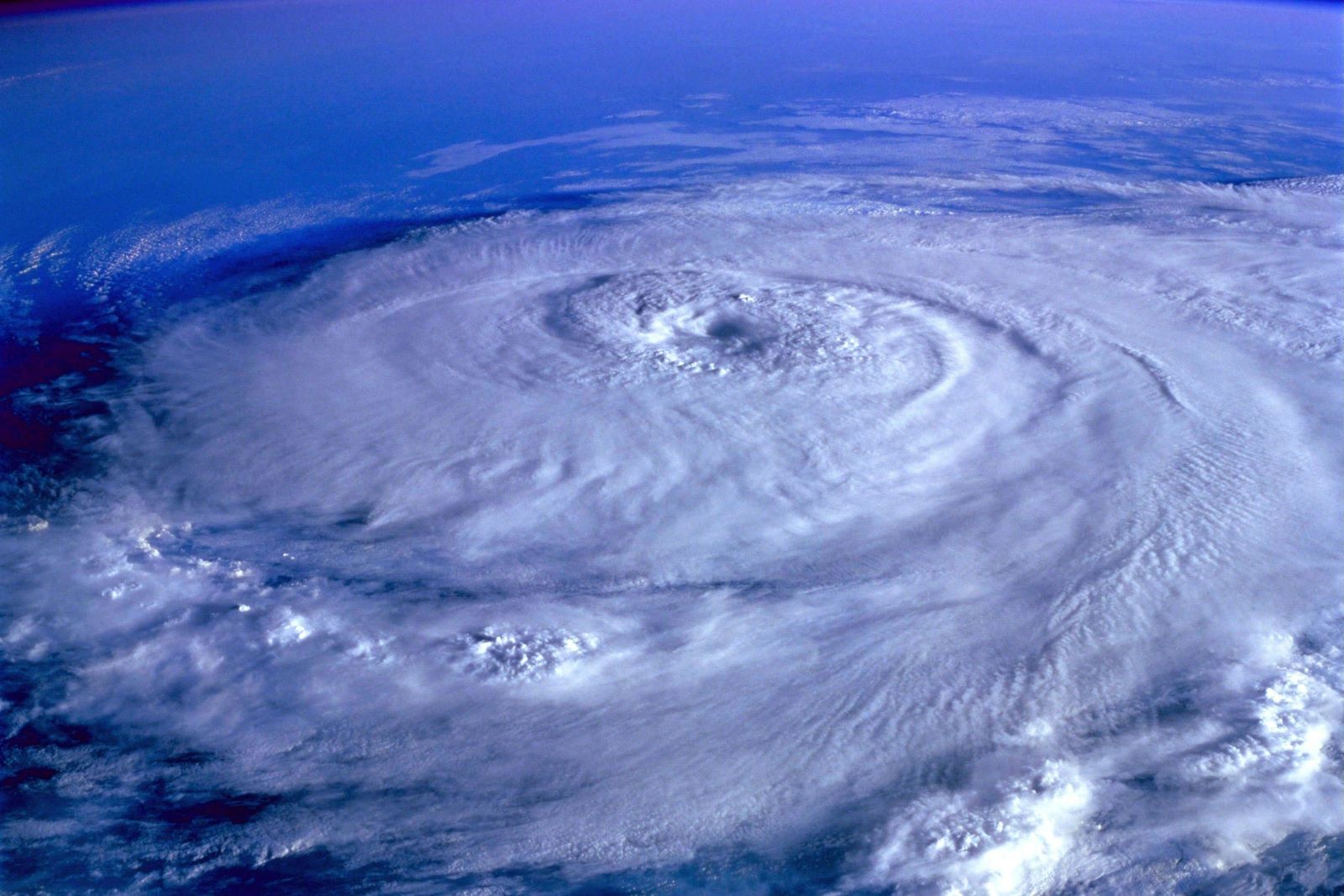
Image Credit: Pexels / Pixabay
Andrew’s wrath left parts of Florida in ruins, causing billions in damage. This hurricane highlighted how a warming climate could be creating the perfect conditions for more frequent and intense hurricanes, making Andrew’s lessons particularly relevant today.
7. Tri-State Tornado, 1925
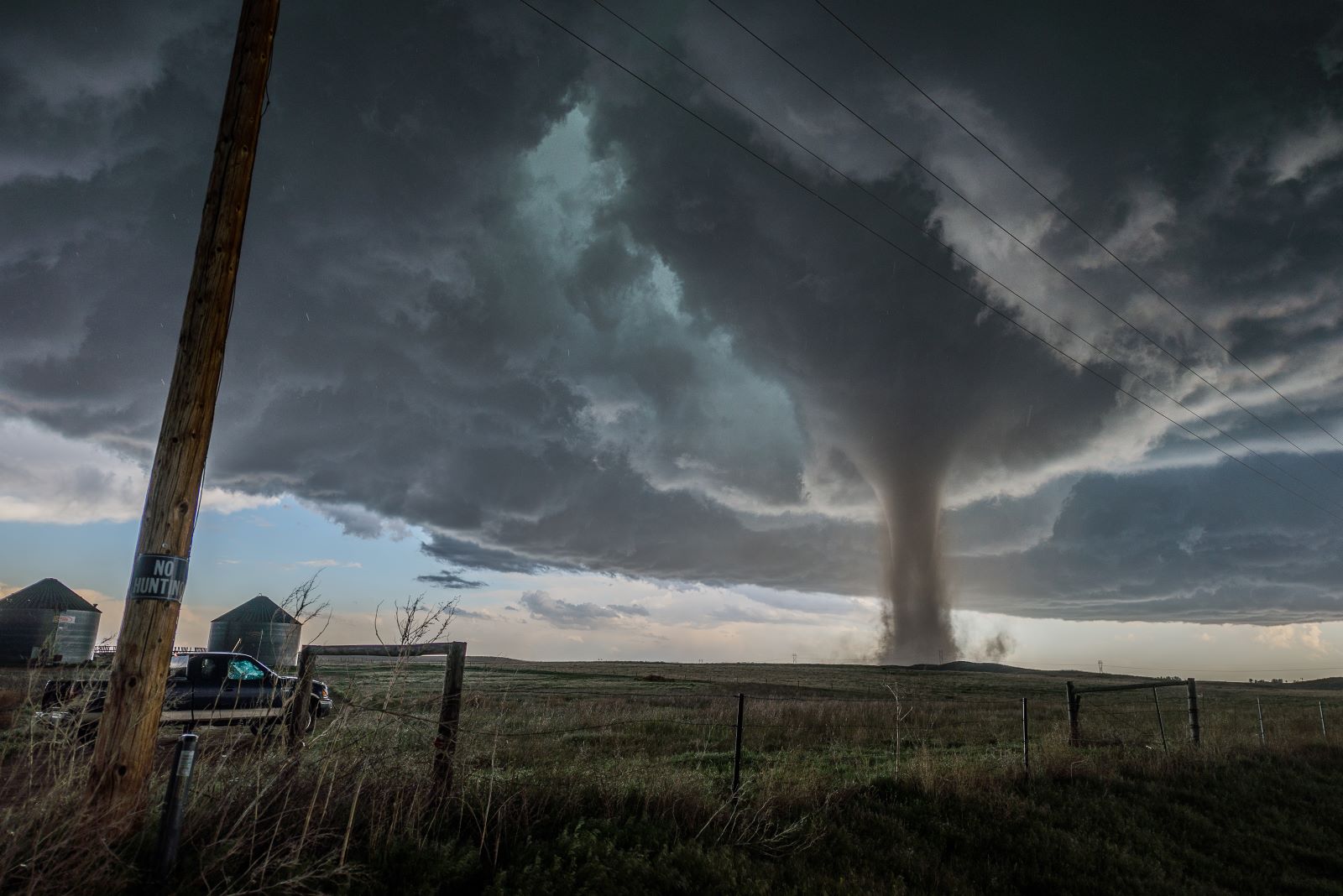
Image Credit: Shutterstock / Cammie Czuchnicki
The deadliest tornado in U.S. history carved a path of destruction across three states. As global temperatures rise, the conditions that spawn such severe tornadoes—particularly the contrast in air masses—could become more prevalent.
8. Superstorm Sandy, 2012
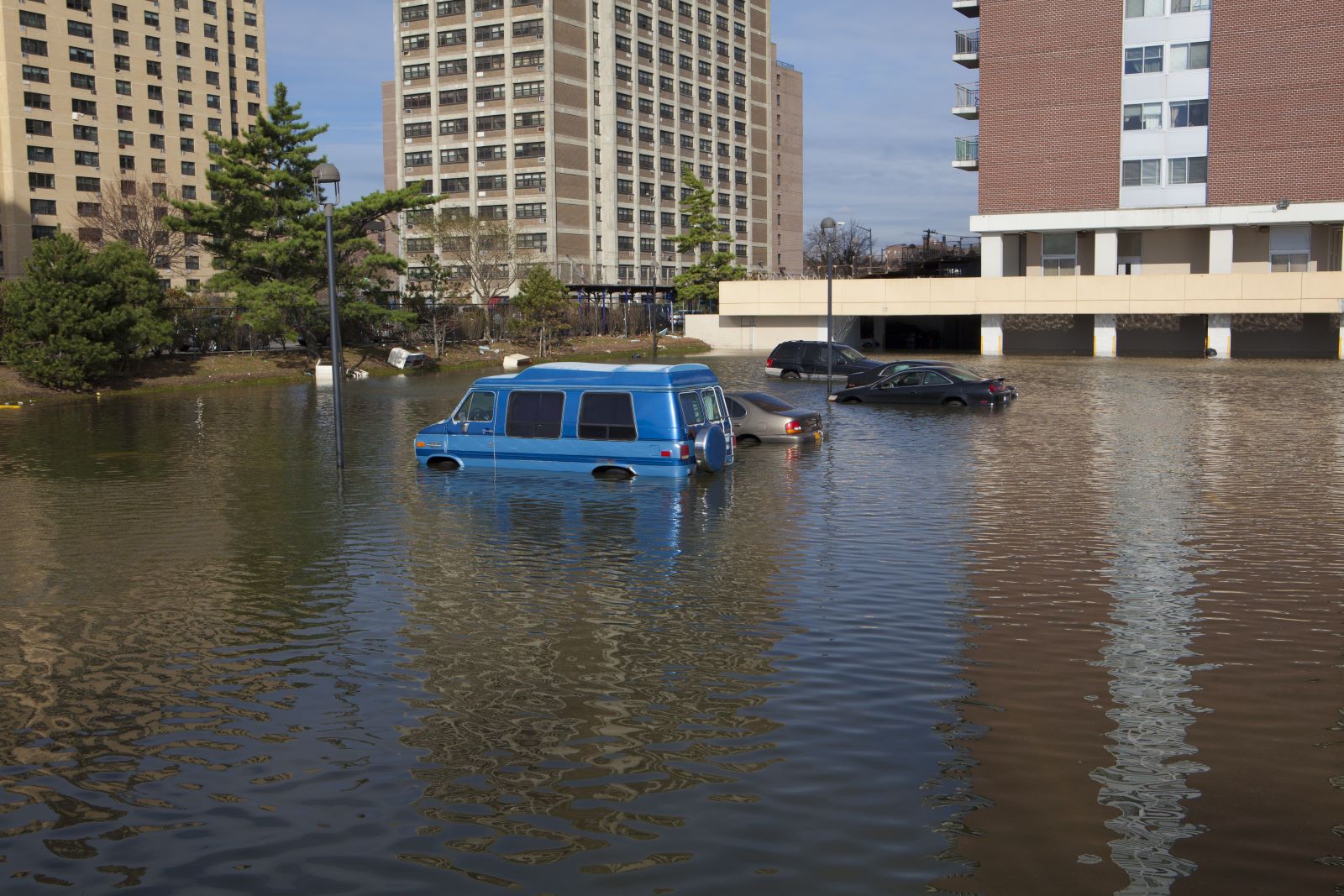
Image Credit: Shutterstock / MISHELLA
Blending winter storm conditions with hurricane strength, Sandy led to unprecedented flooding in New York and New Jersey. Its massive size and impact were likely enhanced by the unusually warm waters of the Atlantic—a symptom of ongoing climate change.
9. Hurricane Harvey, 2017
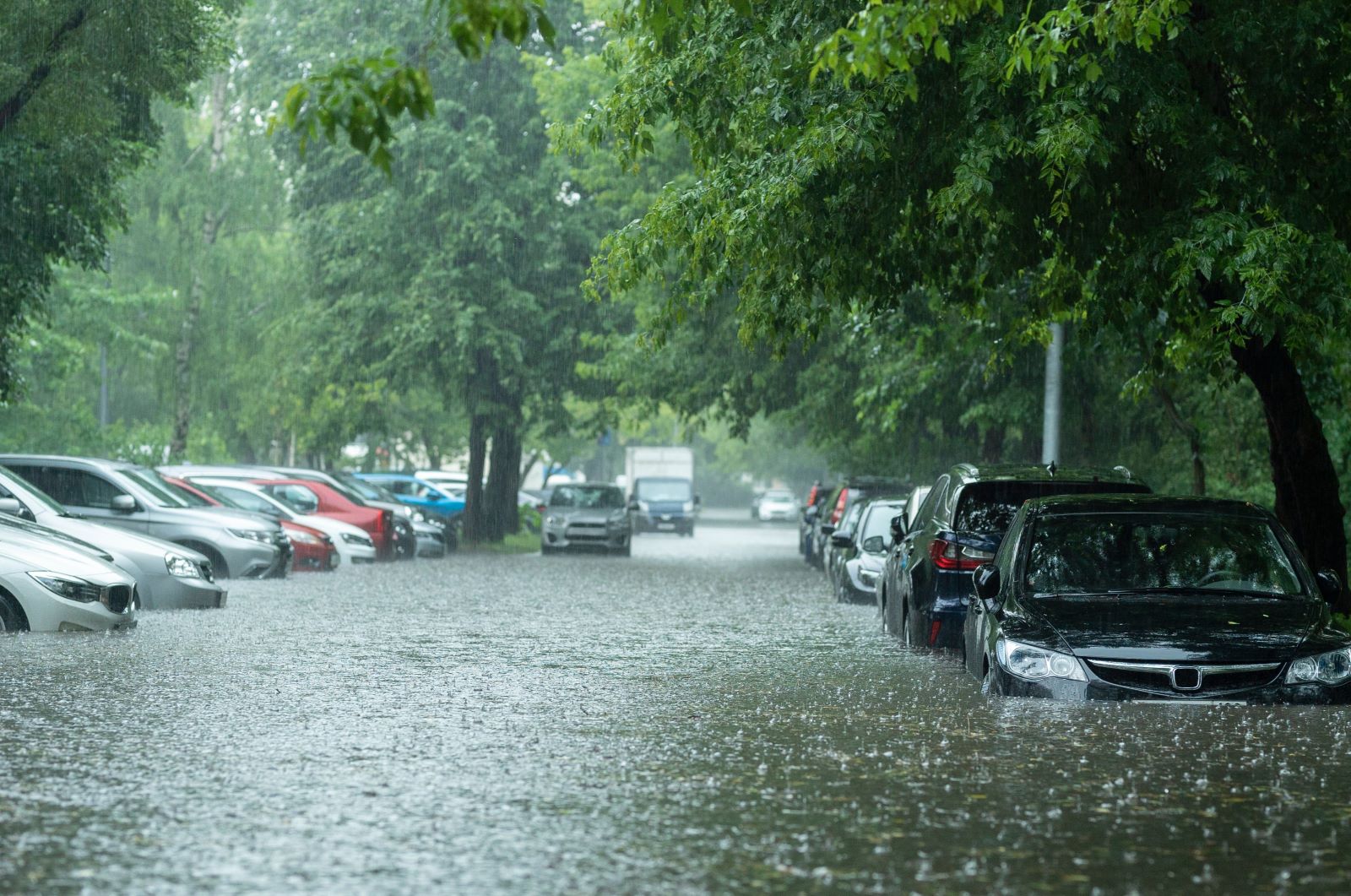
Image Credit: Shutterstock / mkfilm
Harvey is notorious for the record-breaking rain it dumped on Houston, leading to catastrophic flooding. This event exemplifies how a warmer atmosphere holds more moisture, making supercharged rainfall events more likely in a warming world.
10. Hurricane Irma, 2017
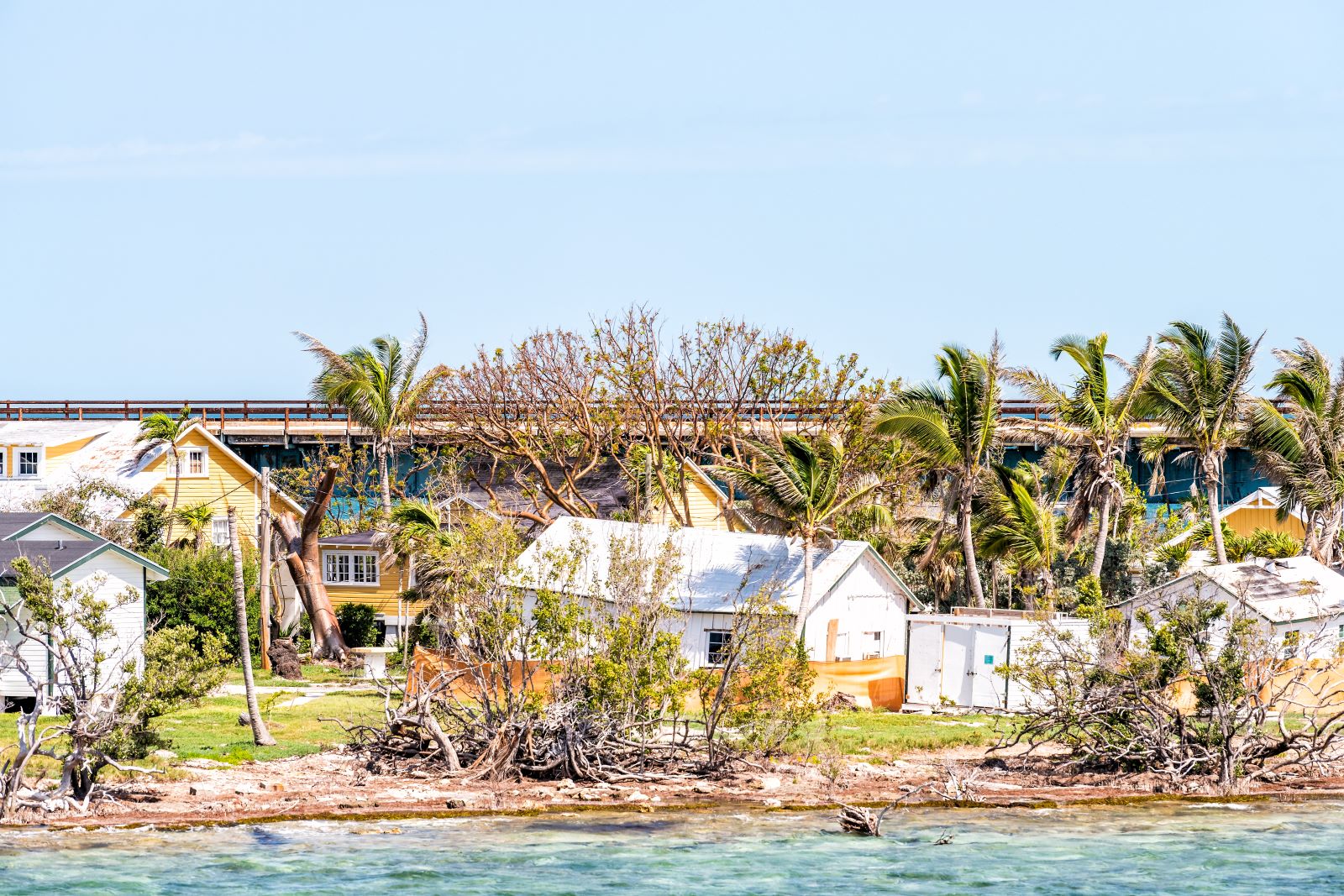
Image Credit: Shutterstock / Andriy Blokhin
Irma’s trail of destruction across the Caribbean and Florida was fueled by exceptionally warm ocean temperatures. Such conditions are becoming more common as the planet warms, suggesting future storms could reach similar levels of ferocity.
11. Hurricane Maria, 2017

Image Credit: Shutterstock / Alessandro Pietri
Maria’s impact on Puerto Rico was devastating, with a prolonged recovery that highlighted the infrastructure vulnerabilities to intense storms. As sea temperatures continue to rise, hurricanes like Maria could become the norm rather than the exception.
12. Great Mississippi Flood, 1927
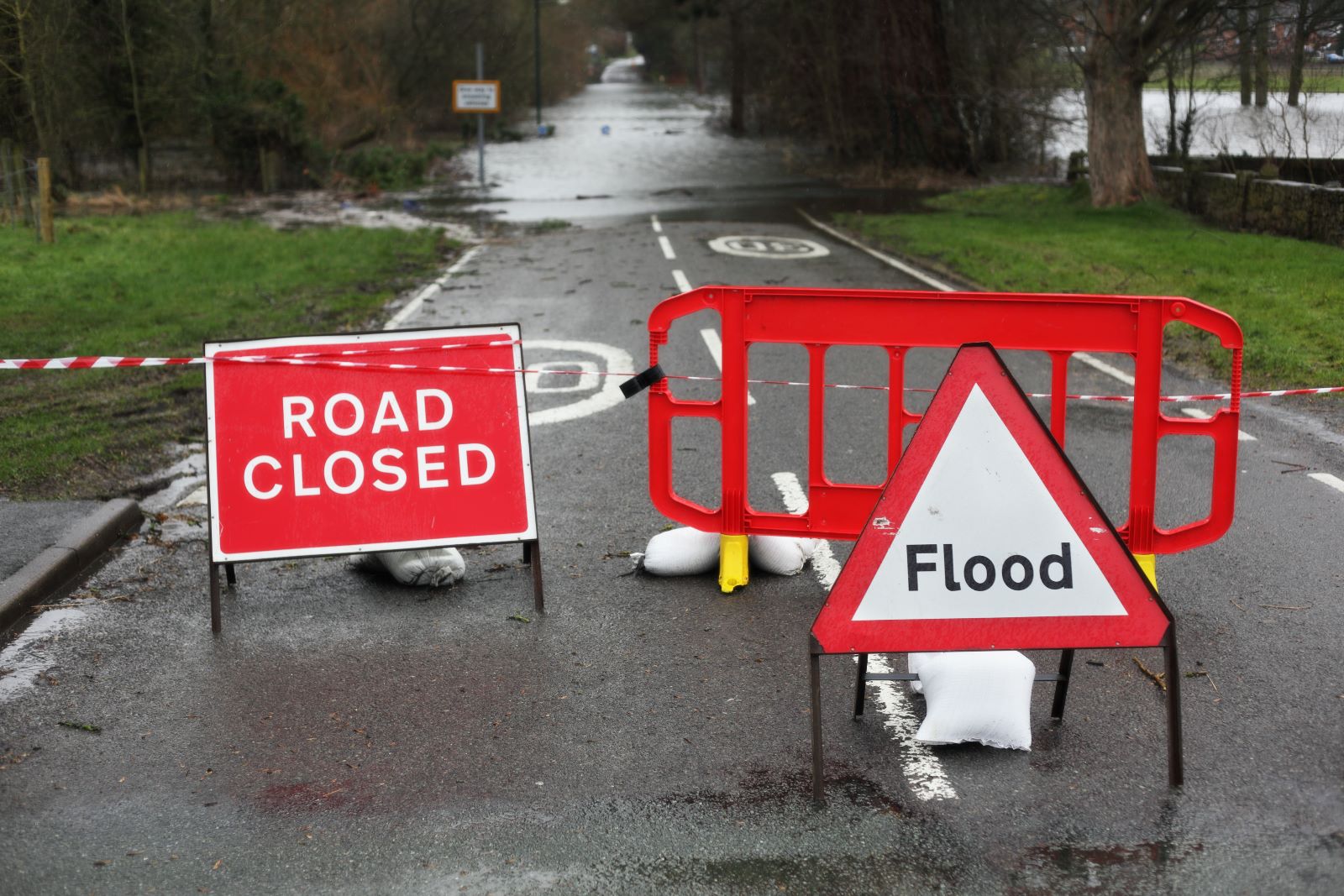
Image Credit: Shutterstock / Brian A Jackson
This flood reshaped the agricultural and social landscape of the Mississippi Delta. Such extensive flooding events are expected to increase as climate change enhances the intensity of rainfall during storm events.
13. Hurricane Camille, 1969

Image Credit: Pexels / GEORGE DESIPRIS
Camille, which struck Mississippi as a Category 5 hurricane, showed the destructive potential of intense hurricanes. With climate change expected to increase the number of high-category hurricanes, Camille’s lessons are more pertinent than ever.
14. Joplin Tornado, 2011
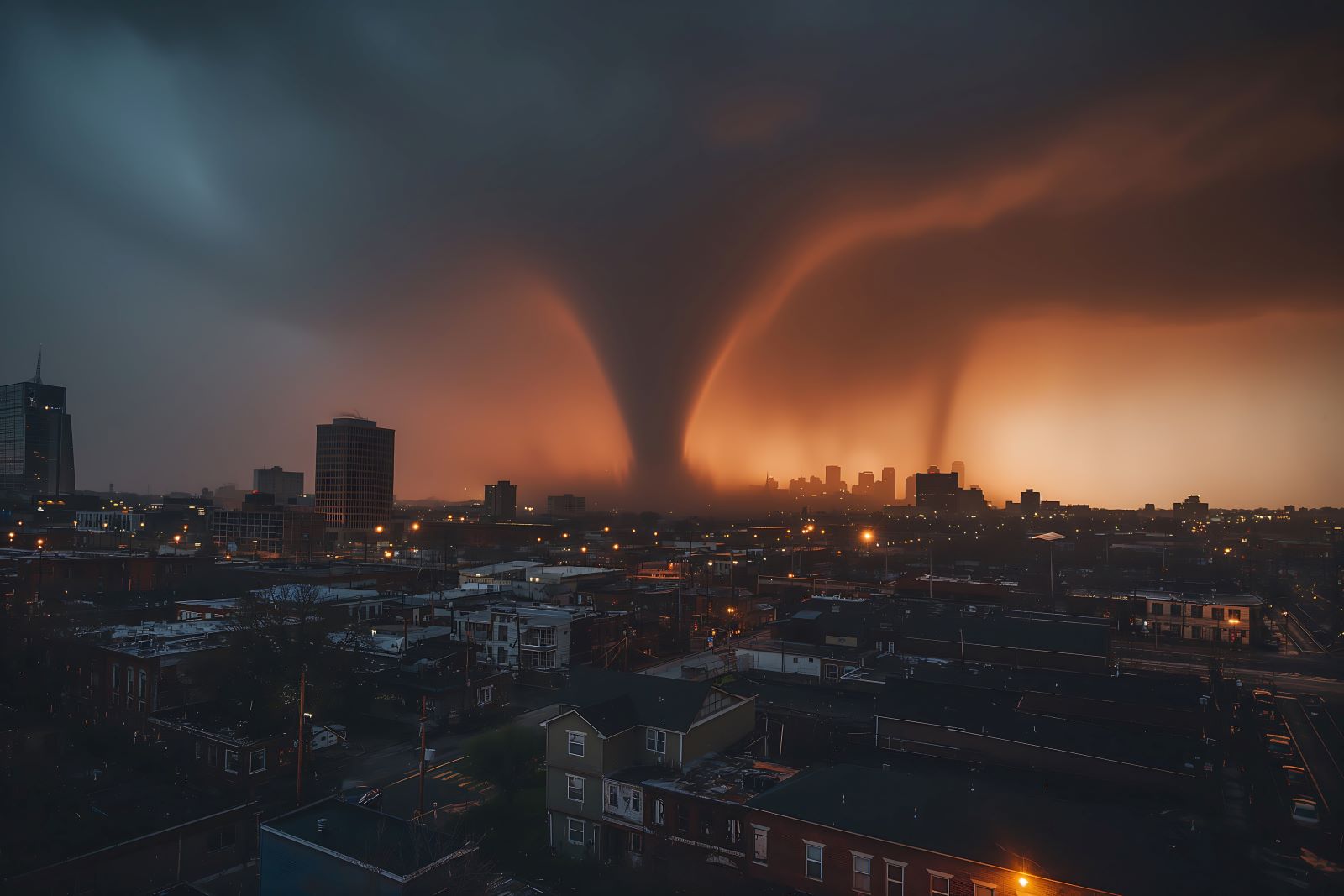
Image Credit: Shutterstock / kafi9944
This single, devastating tornado destroyed a large portion of Joplin, Missouri. The increasing variability and severity of weather patterns, driven by a warming planet, suggest that communities could face more such extreme events.
15. Hurricane Ike, 2008
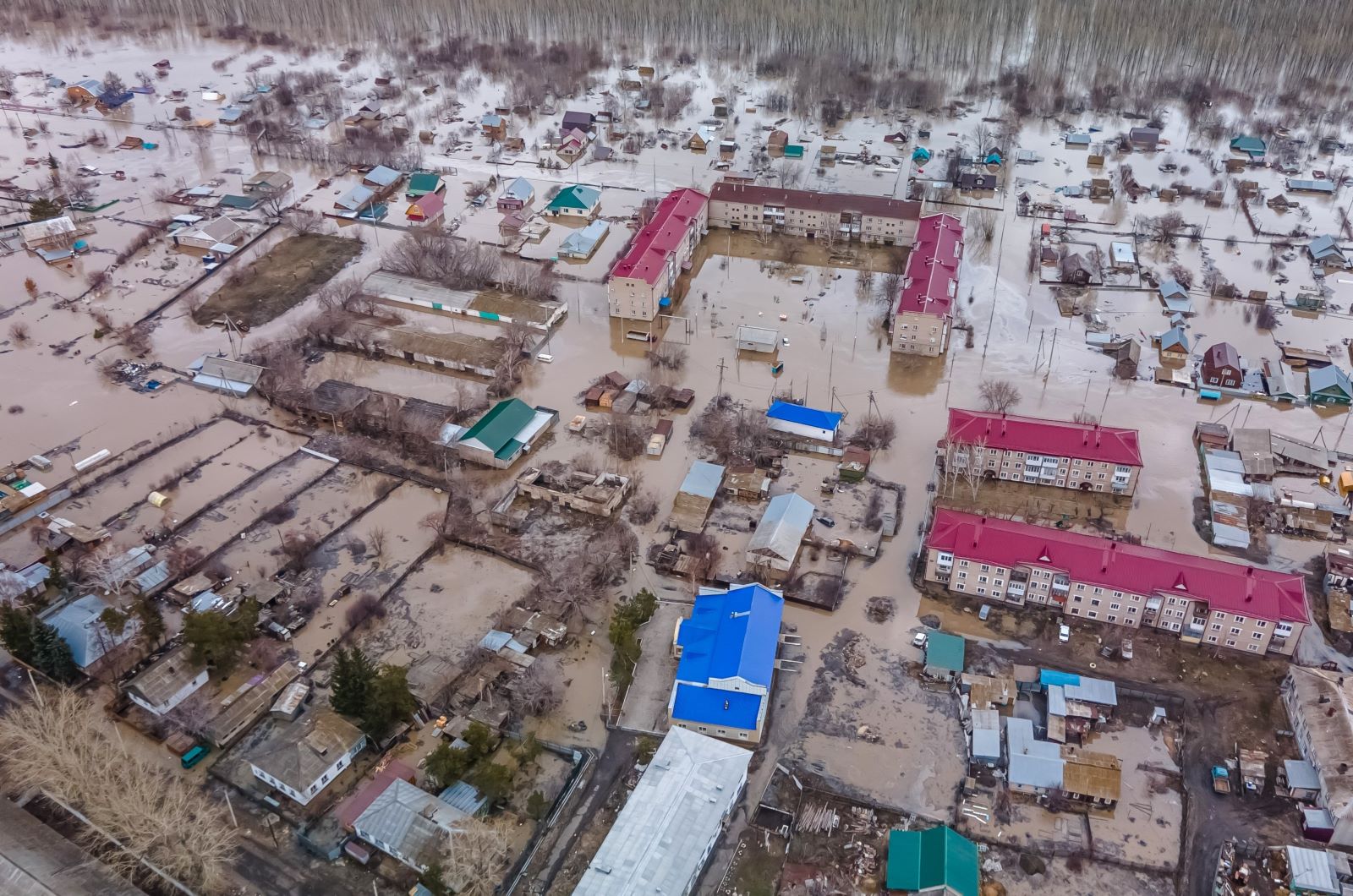
Image Credit: Shutterstock / Sambulov Yevgeniy
Ike caused extensive damage with its huge storm surge, a direct consequence of higher sea levels and warmer ocean temperatures, trends that are expected to worsen with ongoing climate change.
16. Hurricane Wilma, 2005

Image Credit: Shutterstock / Minerva Studio
Wilma’s record-breaking intensity as it churned through the Caribbean into Florida is a stark reminder of the growing threat posed by increasingly warm ocean waters.
17. Hurricane Michael, 2018
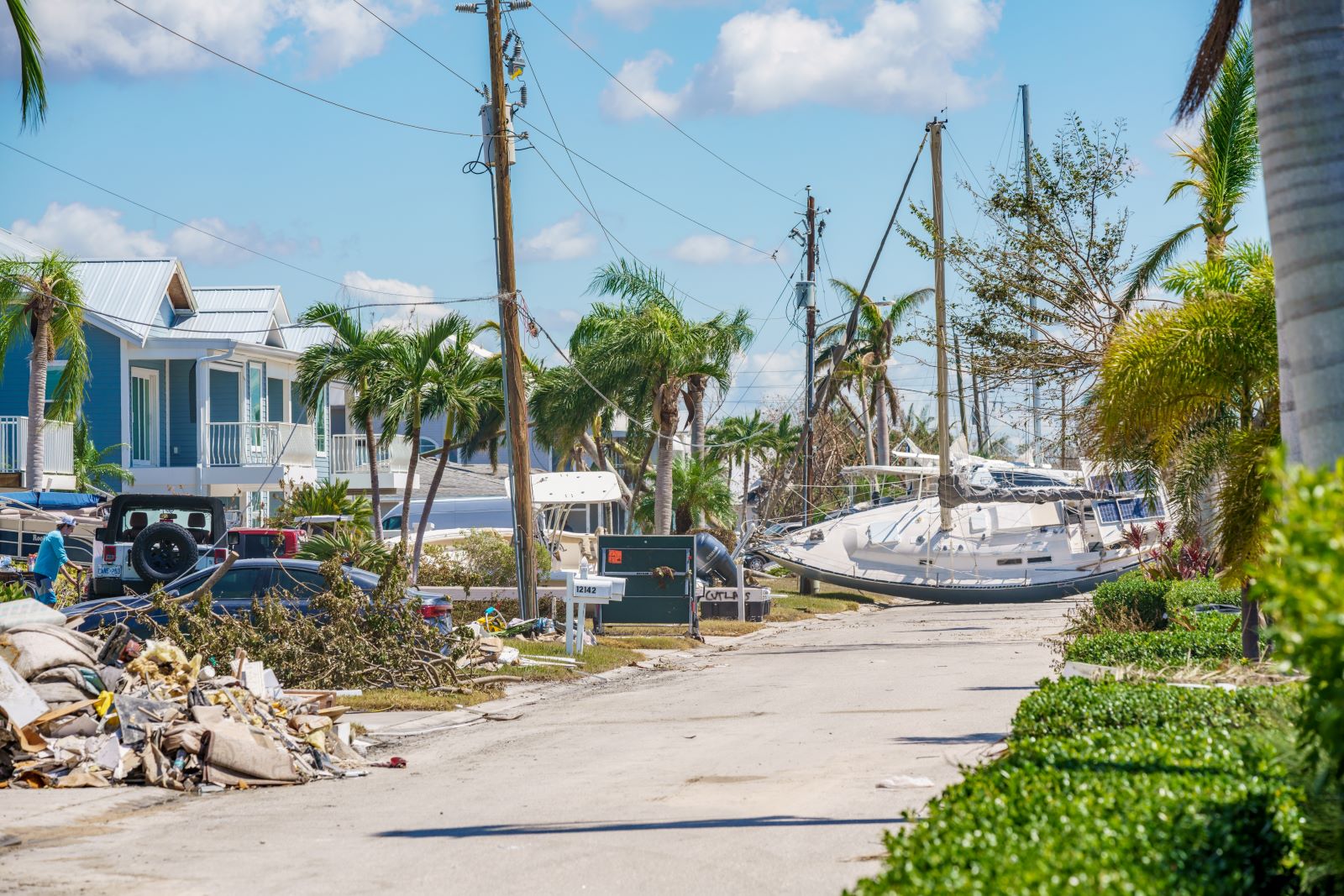
Image Credit: Shutterstock / Felix Mizioznikov
Michael’s rapid intensification, which caught many by surprise, is a phenomenon that’s becoming more likely as the Gulf of Mexico’s waters warm due to climate change.
18. Moore Tornado, 2013
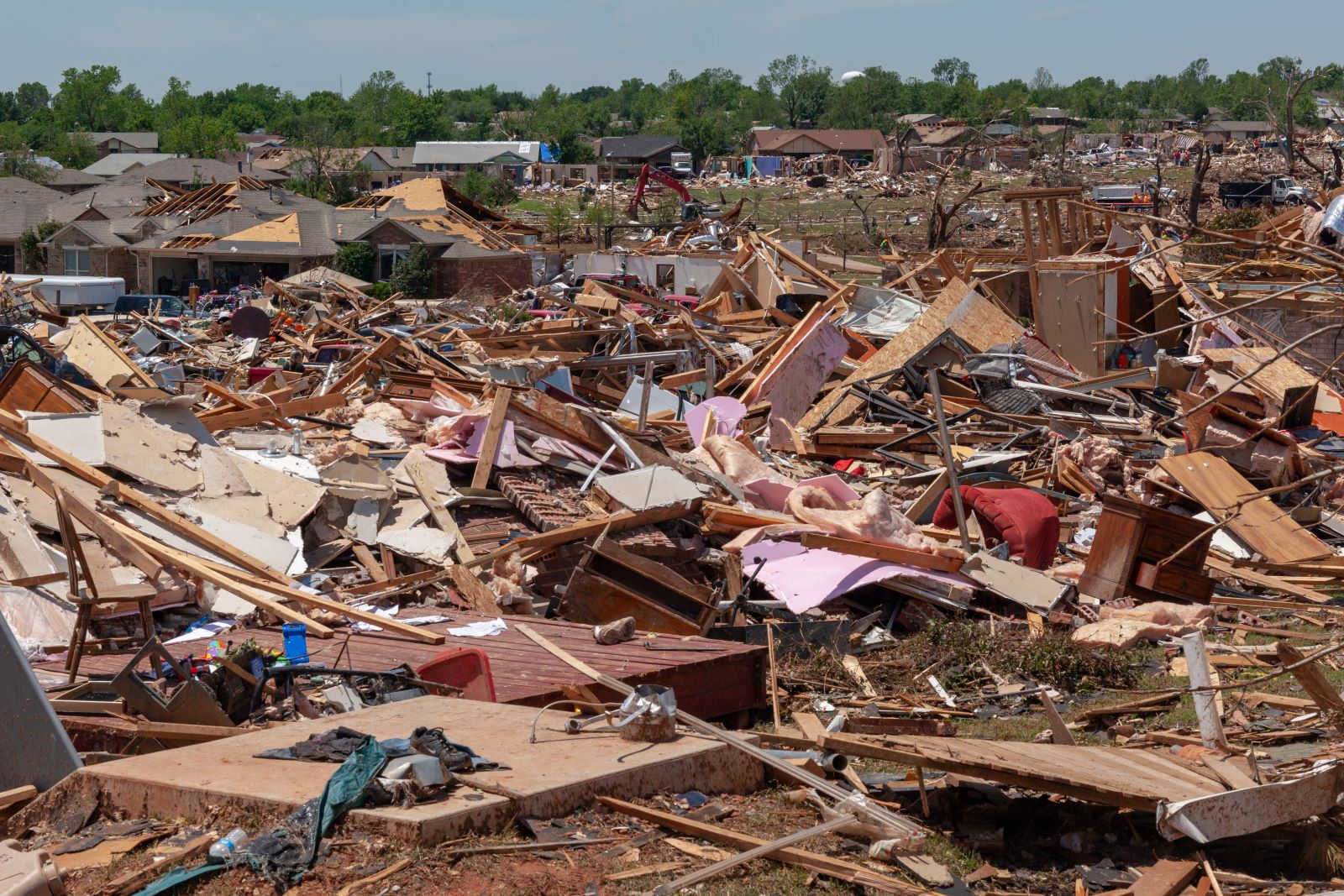
Image Credit: Shutterstock / Newtonian
The Moore tornado’s incredible power and the subsequent devastation it caused underscore the potential for increased tornado activity as global temperatures continue to rise.
19. Hurricane Mitch, 1998

Image Credit: Shutterstock / Lucian Coman
Mitch’s far-reaching effects, from Central America to Florida, show how hurricanes can have wide-ranging impacts. These effects could intensify as warmer oceans fuel more powerful storms.
20. Hurricane Florence, 2018
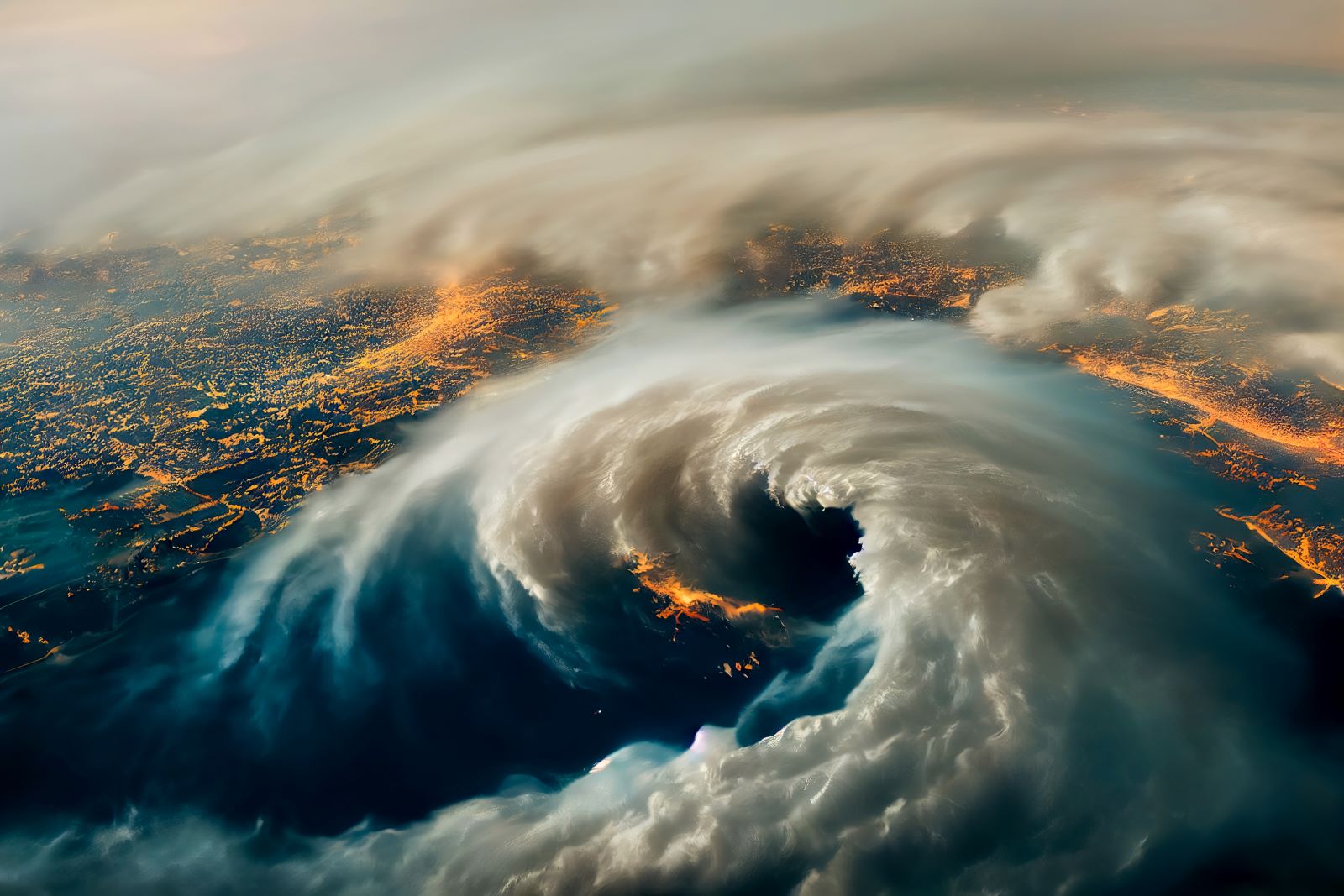
Image Credit: Shutterstock / Vikks
Florence’s slow movement and the prolonged impacts of its heavy rains fit into a pattern of changing storm behaviors that include more stalling, as seen with recent hurricanes influenced by a warming climate.
21. Tuscaloosa Tornado, 2011
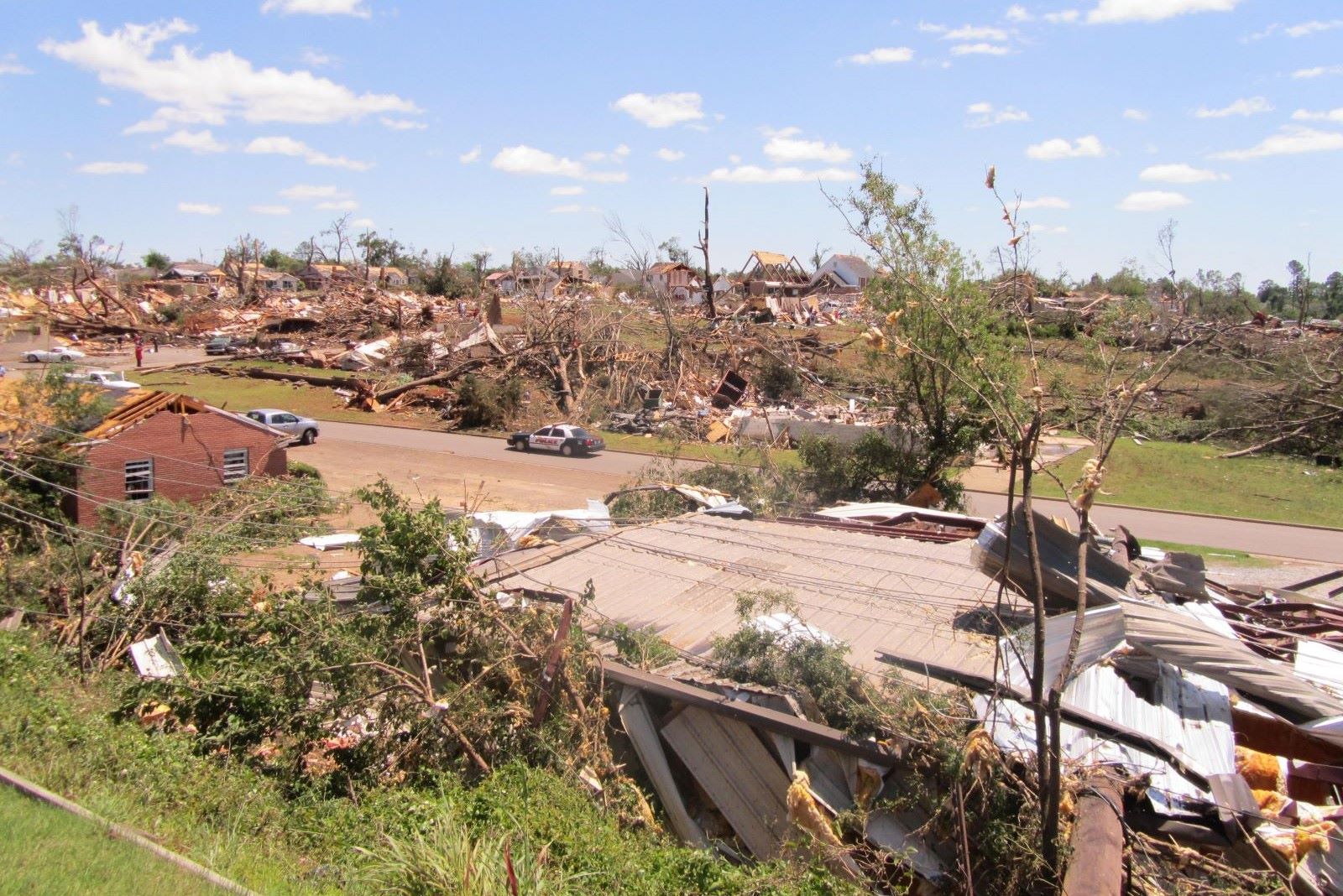
Image Credit: Shutterstock / Benjamin B
Part of an extensive and deadly outbreak, this tornado demonstrated the increased energy available for storm formation in a warmer atmosphere.
Ready for the Next Big One?

Image Credit: Shutterstock / Dennis MacDonald
With storms growing in intensity and possibly frequency, are you prepared for the next major event that could carve its name into history? With the stakes rising each year, are we ready to face what’s brewing on the horizon?
Oil Dumping Scandal Rocks Ships Heading to New Orleans

Image Credit: Shutterstock / Aerial-motion
Two shipping companies have been fined after knowingly hiding a large oil spill in the Atlantic Ocean. Oil Dumping Scandal Rocks Ships Heading to New Orleans
20 Eye-Opening Realities Facing Retiring Baby Boomers

Image Credit: Shutterstock / Jack Frog
As Baby Boomers approach retirement, the promise of leisure and security often seems unattainable. This generation faces unique challenges that could redefine retirement. Here’s a stark look at the realities shaping their outlook. 20 Eye-Opening Realities Facing Retiring Baby Boomers
Retail Apocalypse: Massive Closures Sweep Across U.S. Brands

Image Credit: Shutterstock / Tada Images
Stores across the U.S. are closing at unprecedented levels, according to new research from advisory firm Coresight Research. Read on for more information about the impact this could have on you and your communities. Retail Apocalypse: Massive Closures Sweep Across U.S. Brands
Featured Image Credit: Shutterstock / Cire notrevo.
For transparency, this content was partly developed with AI assistance and carefully curated by an experienced editor to be informative and ensure accuracy.

